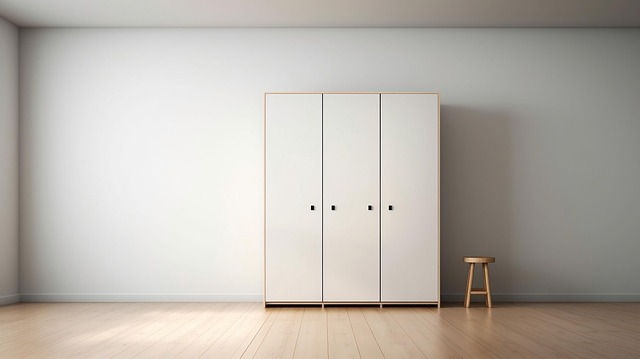Used shipping containers for sale
The market for used shipping containers has expanded significantly in recent years, driven by their durability, affordability, and versatility. These steel structures, originally designed for transporting goods across oceans, have found new life in construction, storage, and creative applications. Understanding the options available when purchasing used shipping containers can help buyers make informed decisions for their specific needs and budgets.

Top 10 Uses for Used Shipping Containers
Used shipping containers serve numerous purposes beyond their original maritime function. Storage solutions represent the most common application, with businesses and homeowners utilizing containers for equipment, inventory, and personal belongings. Construction projects have embraced containers for temporary site offices, worker accommodations, and secure tool storage.
Residential applications include container homes, guest houses, and backyard studios. Commercial uses extend to pop-up retail shops, restaurants, and mobile businesses. Agricultural operations employ containers for equipment storage, livestock shelters, and controlled environment growing. Creative applications encompass art installations, event spaces, swimming pools, and off-grid cabins. Emergency response organizations use containers for disaster relief housing and mobile command centers.
How to Choose the Right Shipping Container for Your Project
Container selection depends on several key factors including size requirements, condition standards, and intended use. Standard containers come in 20-foot and 40-foot lengths, with 8-foot widths and heights. High-cube containers offer an additional foot of height at 9.5 feet, providing extra vertical space for specific applications.
Condition grades range from cargo-worthy containers suitable for shipping to wind and watertight units ideal for storage. One-trip containers represent nearly new condition, having made only their maiden voyage from manufacturing facilities. Structural integrity should be evaluated based on rust levels, floor condition, door functionality, and overall framework stability. Consider delivery requirements, local zoning regulations, and foundation needs when making your selection.
Used vs New Shipping Containers: Which One Should You Buy?
The decision between used and new containers involves balancing cost considerations with condition requirements. Used containers typically cost 30-60% less than new units while still providing decades of serviceable life. New containers offer pristine condition, longer lifespan, and warranties but command premium pricing.
Used containers work well for storage, construction sites, and projects where appearance is secondary to functionality. New containers suit applications requiring pristine aesthetics, food-grade certification, or maximum longevity. Consider the total project budget, expected usage duration, and aesthetic requirements when choosing between new and used options. Many buyers find that high-quality used containers meet their needs while providing substantial cost savings.
| Container Type | Provider | Size Options | Cost Estimation |
|---|---|---|---|
| Used Cargo Worthy | Boxhub | 20ft, 40ft, 40ft HC | $3,000-$5,500 |
| Used Wind/Watertight | Container Alliance | 20ft, 40ft | $2,500-$4,000 |
| Used One-Trip | Conexwest | 20ft, 40ft, 40ft HC | $4,000-$6,500 |
| Used Standard Grade | Mobile Mini | 20ft, 40ft | $2,000-$3,500 |
Prices, rates, or cost estimates mentioned in this article are based on the latest available information but may change over time. Independent research is advised before making financial decisions.
Inspection and Quality Considerations
Thorough inspection ensures you receive a container meeting your quality expectations. Examine the exterior for rust, dents, and structural damage that could compromise integrity. Interior inspection should focus on floor condition, checking for soft spots, holes, or excessive wear. Door mechanisms require testing to ensure smooth operation and proper sealing.
Look for certification markings indicating the container meets international shipping standards if you plan to use it for cargo transport. Check for previous cargo residue or odors that might affect your intended use. Professional inspection services are available for high-value purchases or when technical expertise is needed to evaluate structural conditions.
Delivery and Placement Planning
Container delivery requires careful planning to ensure successful placement at your location. Standard delivery trucks need adequate access roads and turning radius to reach the placement site. Ground preparation may include leveling and creating a stable foundation using concrete pads, gravel, or wooden blocks.
Crane services become necessary for tight spaces or precise positioning requirements. Consider utility clearances, property line setbacks, and local permit requirements before scheduling delivery. Some suppliers offer tilt-bed trucks for ground-level placement, while others use specialized container delivery equipment. Coordinate with your supplier to determine the most appropriate delivery method for your specific situation.
The used shipping container market offers practical solutions for diverse storage, construction, and creative projects. Whether selecting containers for basic storage needs or ambitious construction projects, understanding the available options, quality grades, and selection criteria helps ensure successful outcomes. Careful planning for delivery and placement, combined with thorough inspection of potential purchases, maximizes the value and functionality of your container investment.




